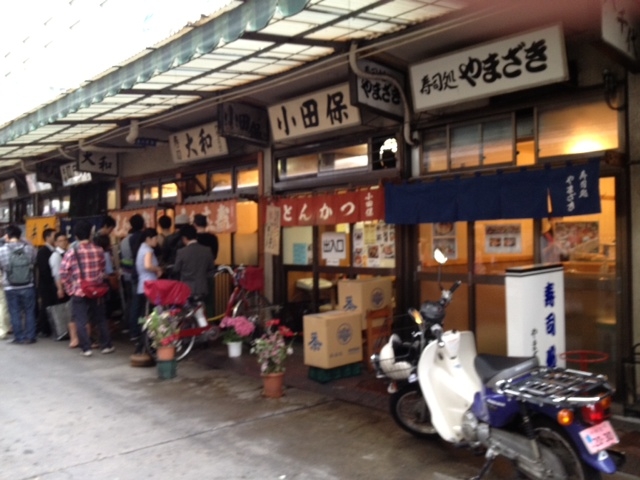Inhibitors And Drivers In Japan’s Retail Market
I spent last week in Tokyo, Japan. Given that an increasing number of our clients are eyeing Japan’s eCommerce market, I thought it would be interesting to share some observations from my trip. Local business perception is that the economy is struggling and will persist to struggle, but robust activity on the street and our most recent Asia Pacific Forecast belie that. There is clearly potential for growth in the market, but changes need to be made before that can happen. Based on my observations, the key inhibitors are:
- Low adoption of English in the business world. Japanese is the primary language used to conduct business in Japan. Understandable in the world’s third-largest economy. Many understand English, few are comfortable using it in a professional setting. This issue makes it hard for broader penetration globally across eBusiness. A notable exception is maverick Rakuten where employees are required to have strong English language skills.
- Retail is aggressive but mostly single channel in focus. Companies I talked to are trying to understand cross-touchpoint attribution, but there is little evidence of multichannel sales in those stores. BIC Camera, one of the largest consumer electronics chains in Tokyo, for example, offers an enormous selection without the option to purchase across different channels.


And the key drivers are:
- Mobile adoption is high. High adoption of mobile phones suggests the mobile wave for multichannel eCommerce is imminent. Smartphones are gaining market share rapidly from feature phones, which are being used to their maximum capacity. Look to mobile payments and eCommerce research and purchase to grow as smartphone penetration grows.
- The Internet drives offline behavior . . . for tourists at the very least. Outside Tokyo’s fish market – the biggest fish market in the world – two out of three sushi restaurants on a block had lines out the door while the third was completely empty. The local sake salesman across the alley told us that the three restaurants served the same type and quality of food, but the restaurants with lines were on the Internet and the restaurant without a line was not. We tried the restaurant without a line and it served the freshest tuna I’ve ever had – no waiting.

